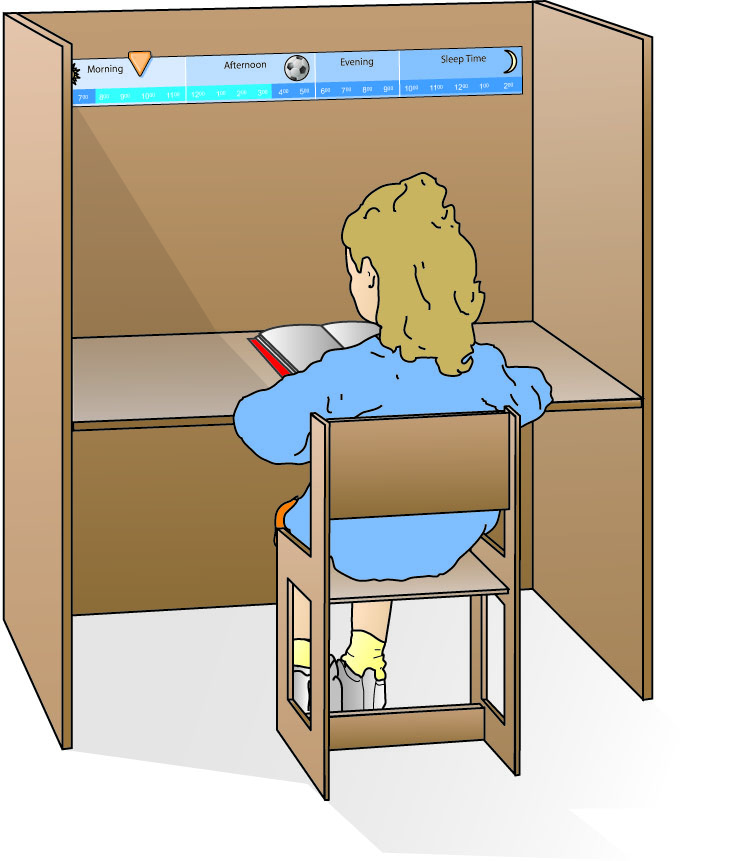This chapter discusses what makes a successful classroom environment for the FASD student. In addition, effective teaching strategies within the classroom environment are presented.
Due to the wide range of intellectual and behavioral abilities, the FASD student is placed in a variety of educational settings. Many students are not able to attend regular education classes and require special education classes due to the severity of their disabilities. Other students have minor learning disabilities and are able to cope in a regular education classroom with little assistance. When learning assistance is needed, it may come in the form of modifications and adaptations outlined by a student’s IEP. Most FASD students in regular education classes need the help of a Resource Specialist, Speech and Language Specialist, or a Classroom Aide. Each student’s unique educational profile will determine the setting which best reflects his or her needs.
Students do not outgrow the brain damage caused by prenatal alcohol exposure. However, the manifestations of FASD may change as the students get older. Educational placements may also need to change, reflecting the needs of the student. Many FASD students seem better able to manage elementary school than middle school. Middle school places greater demands on students. The FASD student has difficulty with the increased expectations, more abstract lessons, and the many transitions in middle school.
Specialists are a key to success for many FASD students in the regular and special education setting. Most often, the speech and language specialist and the occupational therapist are critical members of the student’s educational team. Some students also benefit from the physical therapist’s expertise. The school psychologist or counselor can also help navigate these students through elementary school. These specialists provide invaluable input for the classroom teacher.
The policy of special education is to mainstream students when they demonstrate a certain level of proficiency. Mainstreaming is understood to be a positive educational step. However, research has indicated that mainstreaming needs to be approached differently with the FASD population. This student relies on consistency, routine, and structure. Mainstreaming necessarily entails transition and a less controlled, less restricted environment. Success for the FASD student may not include mainstreaming if current supports need to be kept in place.